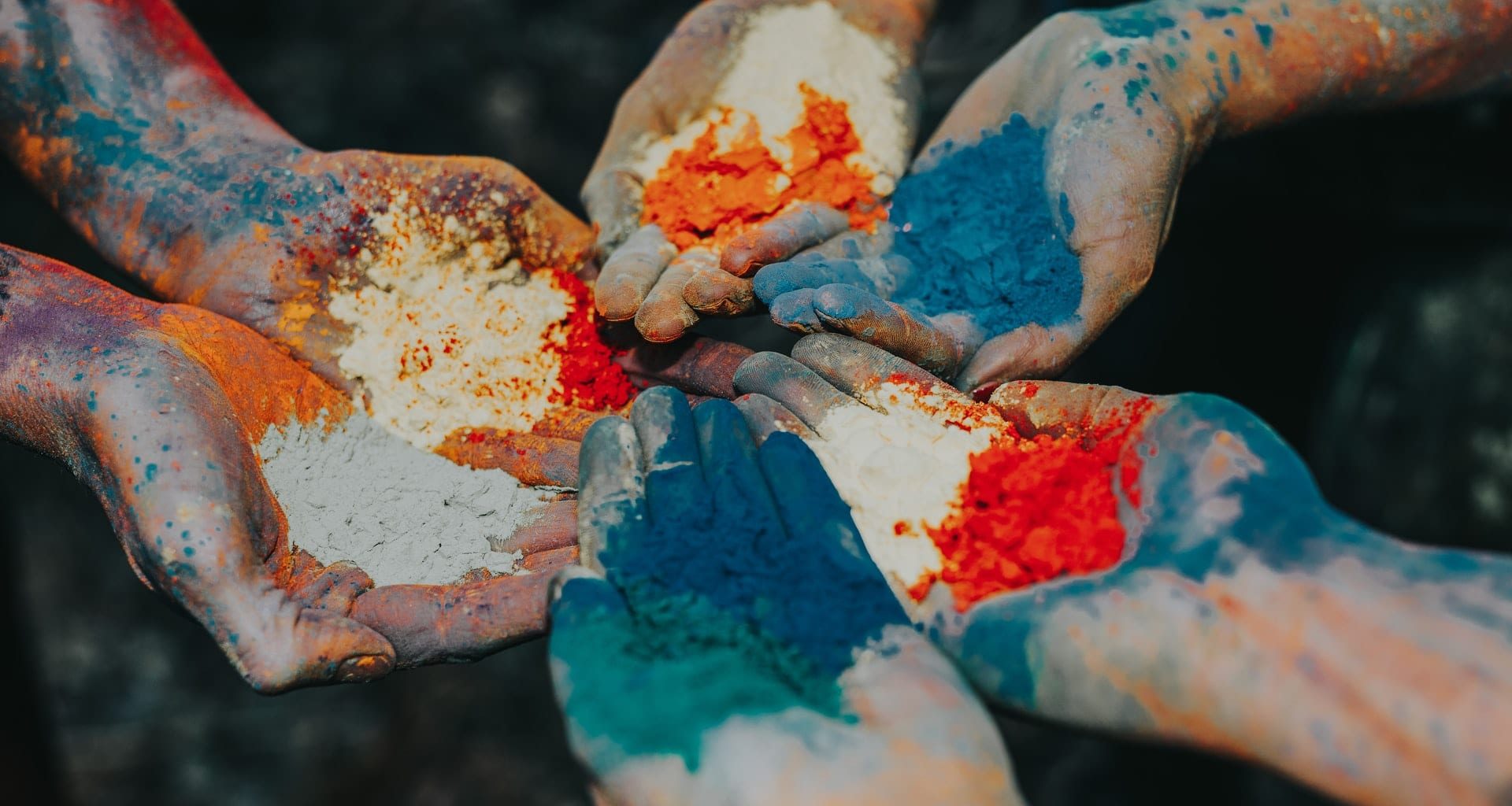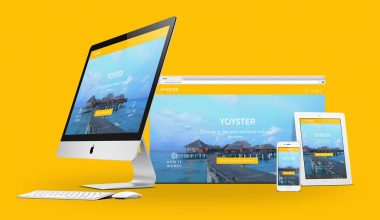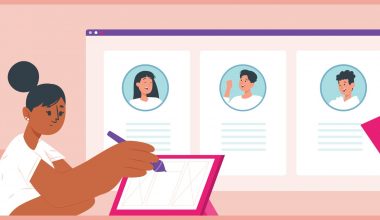Color plays an essential role in web design, as it can convey emotions, create a visual hierarchy, and influence user behavior. In this article, we will explore the different aspects of color and how they impact web design.
Emotional Impact of Color
Color has a significant emotional impact on the human brain. Different colors can evoke different emotions and feelings, making them a powerful tool in web design. For example, warm colors like red, orange, and yellow can create a sense of excitement and energy, while cool colors like blue and green can evoke a sense of calmness and relaxation. Neutrals like black, white, and gray can create a sense of sophistication and elegance.
When choosing colors for a website, it’s important to consider the emotions you want to convey. If you’re creating a website for a children’s toy store, you might want to use bright, playful colors like pink and yellow to create a sense of fun and excitement. On the other hand, if you’re creating a website for a law firm, you might want to use more neutral colors like black and gray to create a sense of professionalism and trust.
Visual Hierarchy
Color can also be used to create a visual hierarchy on a website. By using different colors, you can draw attention to certain elements and create a sense of order and structure. For example, you might use a bright color for your call-to-action button to make it stand out and encourage users to click.
Another way to use color to create a visual hierarchy is to use a limited color palette. By using a few carefully selected colors, you can create a cohesive design that guides the user’s eye through the website. This can make the website more visually appealing and easier to navigate.
Influence on User Behavior
Color can also influence user behavior on a website. For example, studies have shown that the color red can increase appetite, which is why it’s often used in restaurant logos and menus. Similarly, the color green is associated with health and nature, which is why it’s often used in health and wellness websites.
Color can also be used to create a sense of urgency. For example, using a bright, attention-grabbing color for a limited-time offer can encourage users to take action before the offer expires.
Conclusion
Color is a powerful tool in web design, and it’s important to use it strategically to create the desired emotional impact, visual hierarchy, and user behavior. When choosing colors for a website, it’s important to consider the target audience and the emotions you want to convey. By using color effectively, you can create a website that is visually appealing, easy to navigate, and achieves your desired goals.






